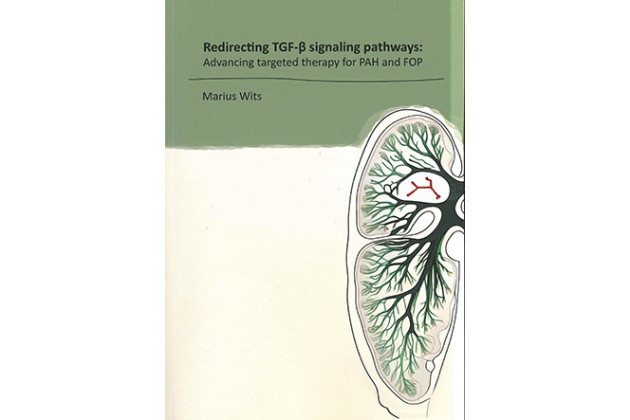Virus-based strategies for cancer treatment
It has been a long-standing observation that particular viruses have an intrinsic preference for lytic replication in tumor cells, while normal cells are usually left unaffected. One of the viruses for which this preference was noted is the mammalian reovirus. This propensity of reoviruses has facilitated the development of the wildtype reovirus T3D as an oncolytic agent for clinical use. Studies by others demonstrated that the use of reovirus T3D as oncolytic agent is safe with clear indications of antitumor efficacy. We embarked on studying these reoviruses. This was triggered in part by the wide host-range of the human reoviruses, which allows the reovirus to replicate efficiently in mouse cells. This facilitates studying the impact of reovirus replication in tumors in immune competent models. This should provide proper assessment of antitumor efficacy and the impact of antiviral immune responses on antitumor effects.
Our efforts concentrated on the use of selection and genetic modification strategies to improve the reoviruses for their intended use as anticancer agents. To this end, we validated the relation between Ras-signaling and reovirus infection. In addition, we demonstrated that some tumors acquired resistance to reovirus infection by down-regulating the canonical reovirus receptor JAM-A. To remedy this, we started the selection of reovirus-mutants that can infect cells independent of JAM-A expression. These mutant viruses (designated as jin mutants) are capable of infecting JAM-A-negative tumor cells, while these cells fully resist the wild-type reovirus. We demonstrated that these viruses can use sialic acids as a their high-affinity receptor. These sialic acids are present on almost all tumor cells. These jin mutants also form the cornerstone for the creation of reoviruses that harbor a small foreign transgene for enhancing anti-tumor efficacy. In this way, we generated reoviruses that carry the GM-CSF gene to stimulate the immune responses against the virus and the tumor cells. Also we incorporated the adenovirus E4orf4 gene in an effort to increase the cytolytic potential of these viruses.
We evaluate the biological effects of our viruses in state-of-the-art models in close collaboration with more clinically oriented research groups. These studies focus on the evaluation of our viruses in preclinical models of pancreatic cancer, glioblastoma, prostate, and bladder cancer. In these studies, we try to answer key questions that relate to the immune responses against the viruses and the tumor cells, to the impact of pre-existing antibodies against the virus on anti-tumor efficacy, as well as to the identification of markers that may predict a patient’s response to oncolytic virus therapy. In addition, we intend to contribute to studies that compare the antitumor efficacy of different oncolytic viruses or oncolytic virus variants with the long-term prospect of matching the patient to a oncolytic virus.
In conclusion, our research is dedicated to using insights in virus-host interactions for designing new treatment opportunities that can be clinically employed.


